Table of Contents
- Is Lavender Edible? Your Complete Safety Guide
- Understanding Lavender Varieties for Cooking
- Practical Tips for Using Lavender in Cooking
- Culinary Uses of Lavender: Recipes and Ratios
- Buying Guide: Choosing the Right Lavender for Your Kitchen
- Frequently Asked Questions About Lavender in Cooking
- Conclusion
Is Lavender Edible? Your Complete Safety Guide
Yes, certain lavender varieties are safe to eat when used properly in culinary applications. English lavender (Lavandula angustifolia) is the safest and most recommended for cooking due to its mild, sweet flavor profile. Not all lavender is edible - only specifically cultivated culinary-grade lavender should be used in food preparation. Using the wrong type or excessive amounts can cause digestive discomfort or give food a soapy, perfumelike taste. Always verify that your lavender is labeled as "food-grade" or "culinary-grade" to ensure it hasn't been treated with pesticides or chemicals unsafe for consumption.
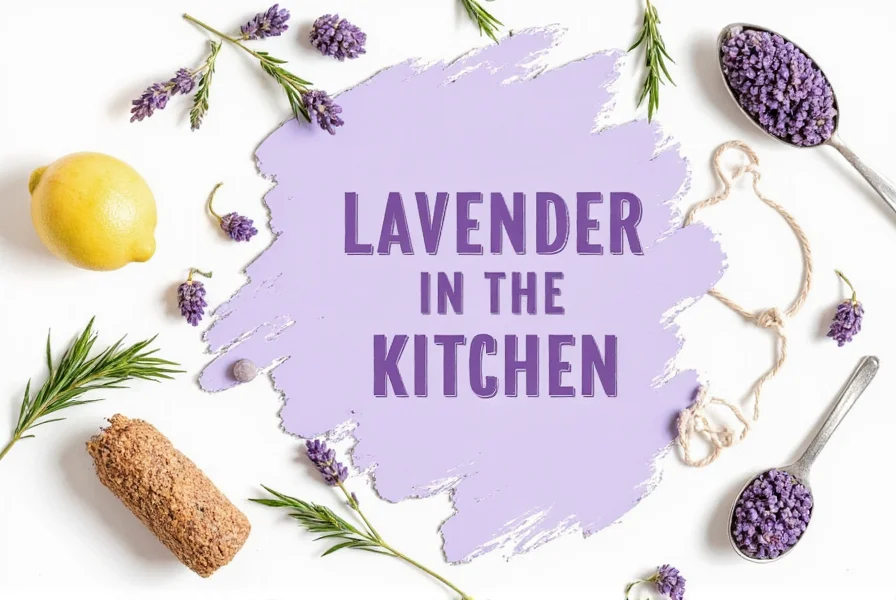
Lavender contains linalool and linalyl acetate, compounds that give it its distinctive aroma. In culinary amounts (typically 1/4 to 1/2 teaspoon dried buds per serving), these compounds are perfectly safe. The key to successful culinary lavender use is understanding proper quantities, compatible flavor pairings, and which varieties work best for specific recipes. This guide provides precise measurements and professional techniques to incorporate lavender safely into your cooking.
Understanding Lavender Varieties for Cooking
Not all lavender is created equal for culinary use. Understanding the differences between varieties is critical for achieving the best results in your recipes:
- English Lavender (Lavandula angustifolia): The gold standard for culinary applications. Varieties like 'Munstead' and 'Hidcote' offer the most balanced floral notes with minimal camphor. Perfect for baking, infusions, and desserts. Requires only 1/4 teaspoon dried buds per serving to avoid overpowering flavors.
- French Lavender (Lavandula x intermedia): Contains higher camphor levels, making it better suited for savory applications like herb blends for roasted meats. Use sparingly - limit to 1/8 teaspoon per serving.
- Spike Lavender (Lavandula latifolia): Too strong and medicinal for most culinary uses. Best avoided in food preparation.
Culinary lavender should be harvested when flowers are just beginning to open for optimal flavor. The buds contain the most flavor compounds while the stems can impart bitterness. Always remove buds from stems before use in recipes requiring precise measurements.
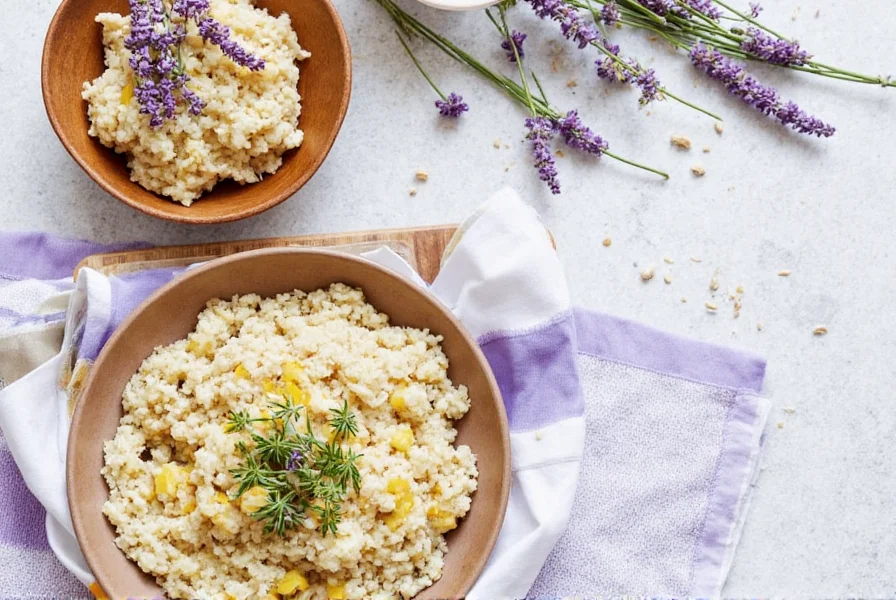
Practical Tips for Using Lavender in Cooking
Professional chefs use these precise techniques to incorporate lavender successfully into recipes:
Tip 1: Measure Precisely for Perfect Flavor Balance
Lavender's potency requires exact measurements. For dried buds:
- 1/4 teaspoon per 8 oz liquid for infusions
- 1/8 teaspoon per cup of flour in baking
- 1/16 teaspoon in spice blends
Tip 2: Create Professional-Quality Infusions
For lavender syrup: Combine 1 cup sugar, 1 cup water, and 1/4 teaspoon dried lavender buds. Bring to a simmer, then remove from heat and steep for 20 minutes. Strain through cheesecloth. This ratio creates a versatile syrup perfect for cocktails, lemonades, and dessert sauces without becoming perfumey.

Tip 3: Perfect Lavender Shortbread Ratio
For authentic lavender shortbread: Use 1/2 teaspoon finely ground dried buds per 1 cup of flour. Combine with 1/4 cup honey for balanced sweetness. Bake at 325°F for 18-20 minutes until golden at edges. This precise ratio prevents the soapy flavor common in failed lavender recipes.
Tip 4: Lavender Tea Steeping Guide
Use 1/4 teaspoon dried buds per 8 oz water. Steep at 200°F for 3-4 minutes maximum. Longer steeping extracts bitter compounds. Add 1 teaspoon honey to balance natural bitterness.
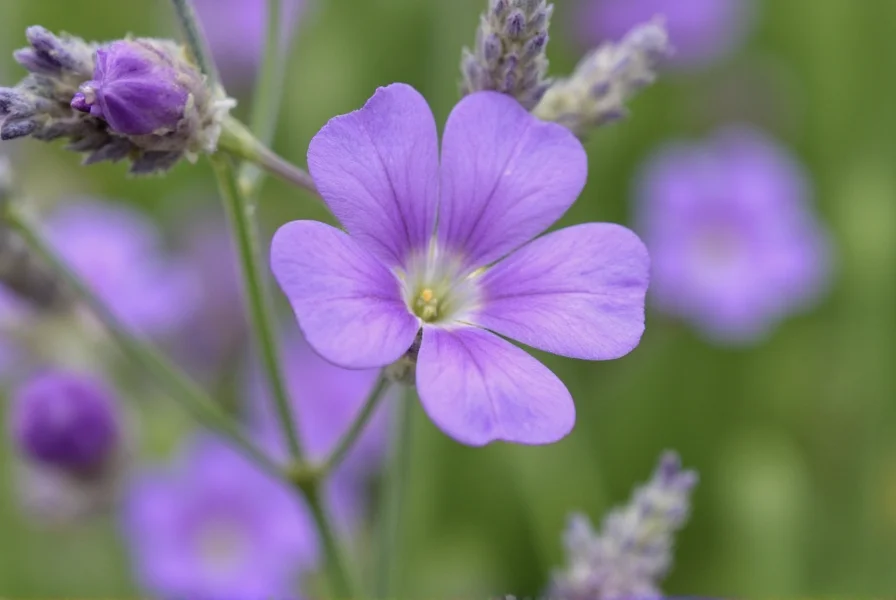
Tip 5: Salad Dressing Application
Add 1/16 teaspoon lavender powder to vinaigrettes. Combine with honey, Dijon mustard, and lemon juice for a sophisticated dressing that complements fruit salads and goat cheese salads without overpowering delicate flavors.
Culinary Uses of Lavender: Recipes and Ratios
Professional applications with exact measurements:
1. Lavender Honey (Culinary Chemist's Formula)
Warm 1 cup honey to 110°F, add 1/2 teaspoon dried lavender buds, and let steep for 2 hours. Strain through coffee filter. Use ratio: 2 tablespoons lavender honey per 8 oz yogurt or as glaze for 1 lb chicken. This precise infusion prevents crystallization and maintains viscosity.
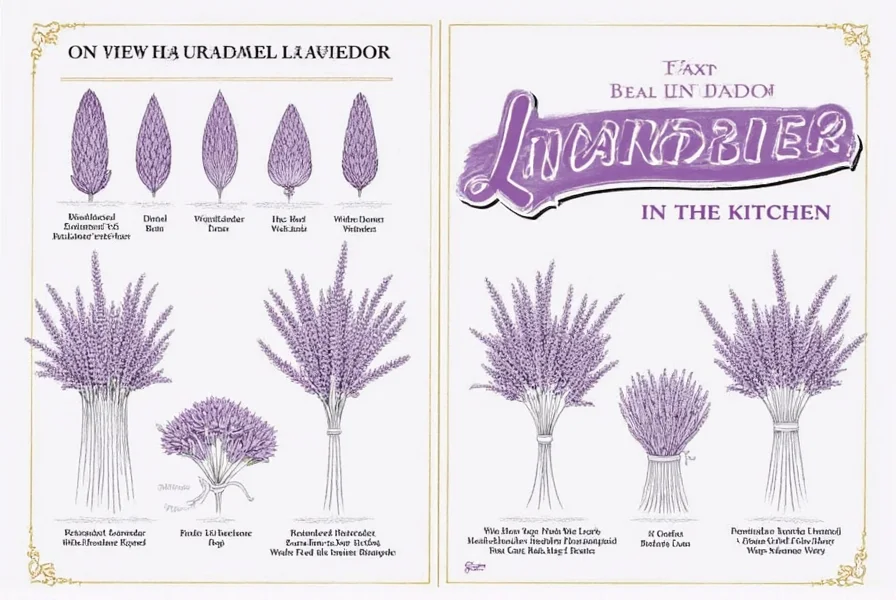
2. Lavender Shortbread Cookies (Baker's Standard)
1 cup butter, 1/2 cup powdered sugar, 2 cups flour, 1/2 teaspoon ground lavender, pinch salt. Mix dry ingredients first, then incorporate butter. Chill 30 minutes before baking. This ratio produces the ideal crumb texture with balanced floral notes.
3. Lavender Lemonade (Perfect Summer Ratio)
Combine 1 cup lavender syrup (prepared as above), 1 cup fresh lemon juice, and 4 cups cold water. Adjust sweetness with additional simple syrup if needed. This 1:1:4 ratio creates the ideal balance of floral, tart, and refreshing.
4. Lavender-Infused Butter Proportions
For culinary-grade butter: Blend 1 stick (1/2 cup) softened butter with 1/8 teaspoon ground lavender and 1 tablespoon honey. Ideal for finishing 4 portions of roasted vegetables or 1 lb grilled meats.
5. Lavender Panna Cotta Ratio
Infuse 2 cups heavy cream with 1/4 teaspoon lavender buds at 180°F for 15 minutes. Strain, then add 2 teaspoons gelatin. This ratio creates a delicate floral note without overwhelming the creamy texture.
Buying Guide: Choosing the Right Lavender for Your Kitchen
Professional selection criteria for culinary lavender:
| Product Type | Critical Quality Indicators | Recommended Usage Amounts | Storage Life | Cost per Ounce | Professional Recommendation |
|---|---|---|---|---|---|
| Dried Culinary Lavender Buds | Deep purple color, strong floral aroma, no stems or debris | 1/4 tsp per 8 oz liquid, 1/8 tsp per cup flour | 6-8 months in airtight container | $2.50-$4.00 | Best for home chefs and bakers seeking precision |
| Lavender Extract (Food Grade) | Clear labeling of concentration, organic certification | 1/16 tsp per serving (10x more concentrated than buds) | 12-18 months refrigerated | $5.00-$7.50 | Ideal for commercial kitchens needing consistency |
| Premade Lavender Syrup | No artificial flavors, 100% natural ingredients | 2 tbsp per cocktail, 1/4 cup per pitcher lemonade | 3-4 months refrigerated after opening | $1.75-$3.00 | Perfect for quick applications with guaranteed flavor |
Always check for third-party testing certifications when purchasing culinary lavender. Reputable suppliers should provide documentation verifying absence of pesticides and heavy metals. Avoid products labeled only as "aromatherapy grade" as these may contain substances unsafe for consumption. For optimal freshness, purchase small quantities (2-4 oz) that you can use within 6 months.
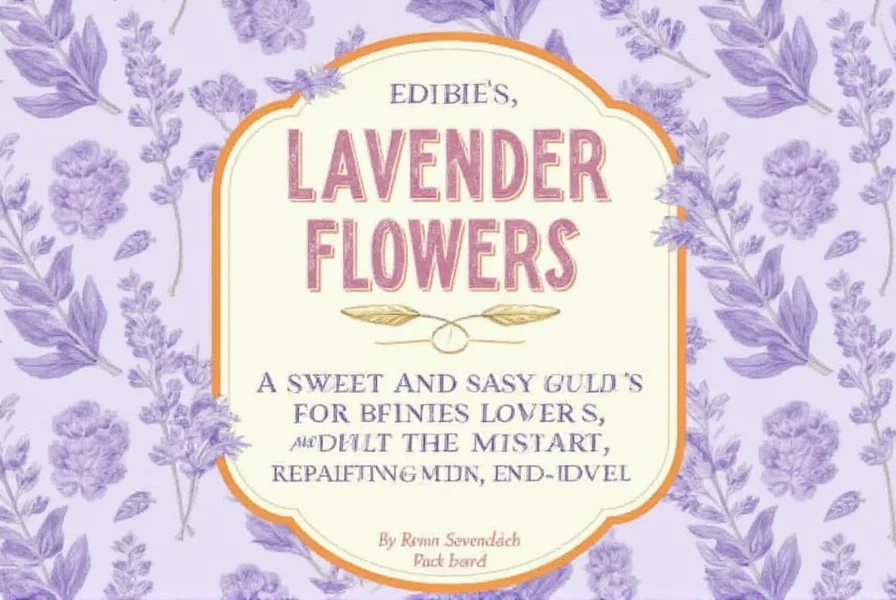
When evaluating lavender quality, perform the smell test: culinary-grade lavender should have a sweet, floral aroma without chemical or musty notes. The buds should be intact and uniformly purple - brown or faded buds indicate age and reduced flavor potency.
Frequently Asked Questions About Lavender in Cooking
Is lavender safe to eat?
Yes, specific varieties like English lavender (Lavandula angustifolia) are safe to eat when used in culinary applications. The key is using food-grade lavender that's certified free of pesticides and chemicals. Culinary lavender contains safe levels of linalool (1-2%) and linalyl acetate (25-35%), well below concentrations that could cause adverse effects when used in standard culinary amounts (typically 1/4-1/2 teaspoon per serving).
How much lavender should I use in recipes?
Lavender is potent, so precision matters. Professional chefs follow these exact measurements:
- Dried buds: 1/4 teaspoon per 8 oz liquid for infusions
- Baking: 1/8 teaspoon per cup of flour
- Spice blends: 1/16 teaspoon
- Fresh lavender: Double dried amounts
What are the best flavor pairings for lavender?
Lavender's flavor chemistry pairs best with ingredients that share similar terpene profiles:
- Honey (especially orange blossom)
- Lemon and orange zest
- Vanilla bean
- Berries (strawberries, raspberries)
- Dark chocolate (70%+ cacao)
- Almonds and pistachios
- Lamb and poultry in savory applications
What's the difference between culinary lavender and regular lavender?
Culinary lavender is specifically grown for food use with strict controls:
- Grown without pesticides approved for food crops
- Tested for heavy metals and contaminants
- Harvested at optimal flowering stage for best flavor
- Labeled "food-grade" or "culinary-grade"
Can I use fresh lavender instead of dried?
Yes, but with precise adjustments. Fresh lavender contains more moisture and less concentrated flavor compounds. Use exactly double the amount of fresh lavender compared to dried (e.g., 1/2 teaspoon fresh per 1/4 teaspoon dried). Always remove buds from stems as stems contain bitter compounds. Fresh lavender works best for immediate use in infusions and garnishes but lacks the concentrated flavor of properly dried buds for baking.
How do I store lavender for cooking?
For optimal flavor retention:
- Dried buds: Store in airtight glass container away from light and heat
- Ideal conditions: Below 70°F, 60% humidity or less
- Maximum freshness: 6-8 months (test by aroma - faded scent indicates degradation)
- Freezing: Not recommended as it damages delicate flavor compounds
Why does my lavender recipe taste like perfume?
This common issue stems from three precise errors:
- Using too much lavender (exceeding 1/2 teaspoon per serving)
- Using non-culinary grade lavender (higher camphor content)
- Improper grinding (leaving whole buds that concentrate flavor)
Conclusion
Mastering culinary lavender use requires understanding precise measurements, proper varieties, and flavor chemistry. By following these professional guidelines—using English lavender at exact ratios (1/4 teaspoon dried buds per serving), pairing with complementary flavors like honey and citrus, and verifying food-grade quality—you'll transform potential kitchen disasters into exquisite culinary creations. The key to success lies in respecting lavender's potency while leveraging its unique floral profile to enhance rather than dominate your dishes.
As you experiment with these techniques, remember that culinary lavender follows a simple rule: precision creates perfection. Start with the smallest recommended amounts, taste frequently, and gradually adjust to your preference. With these expert-backed methods, you'll consistently create restaurant-quality lavender dishes that delight rather than disappoint.
Now armed with the exact measurements, variety recommendations, and professional techniques outlined here, you're ready to confidently incorporate lavender into your cooking repertoire. Whether crafting delicate pastries or sophisticated savory dishes, these guidelines ensure your lavender creations will showcase this unique ingredient at its finest.

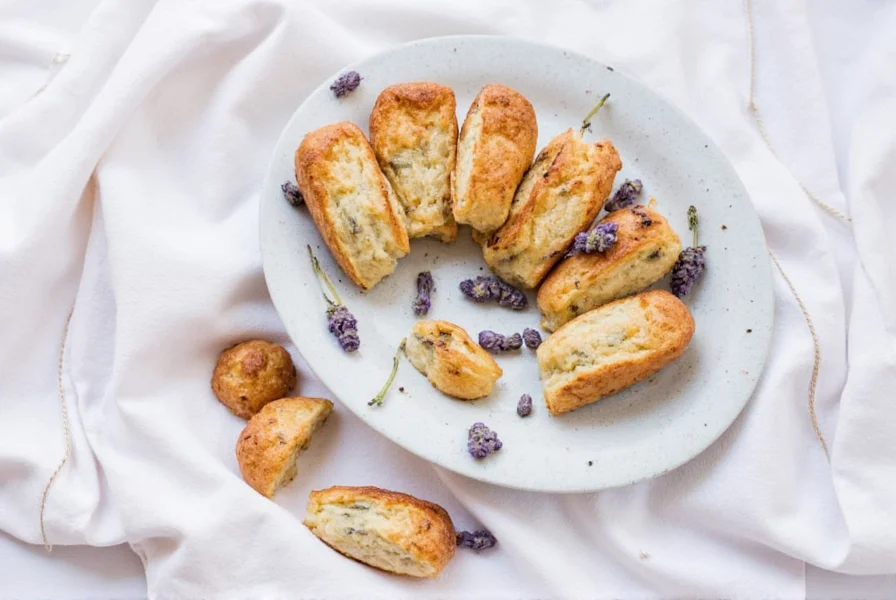









 浙公网安备
33010002000092号
浙公网安备
33010002000092号 浙B2-20120091-4
浙B2-20120091-4